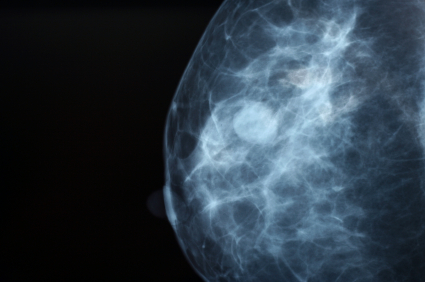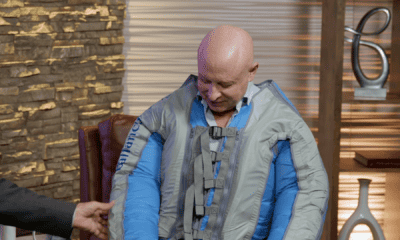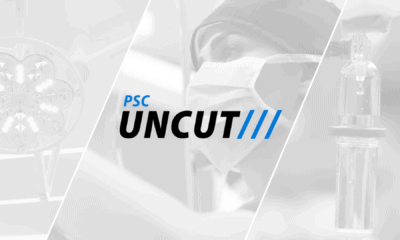Breast cancer is malignant tumor that starts in the cells of the breast of women and men. Breast cancer is the most common type of cancer among women in the United States, with more than 200,000 women diagnosed every year. Breast cancer also affects about 1,500 men each year. Breast cancer is the fifth most common cause of cancer-related fatalities.
Symptoms of Breast Cancer
Breast cancer has various common symptoms. Early breast cancer does not cause pain, but any symptoms that are unusual and do not go away should be examined by a doctor. Symptoms can include:

• Mammogram detection of lumps in the breast area, lymph nodes in the armpits, or collarbone is the first objective sign of the cancer.
• Change in breast size
• Spontaneous discharge in a single nipple
• Nipple inversion
• Development of skin dimples
• Unexplained weight loss
• Swelling, redness, and a warm feeling in the entire breast area, possibly including pain, in the case of inflammatory breast cancer
• Eczema-like changes in nipple skin such as mild flaking and redness. In advanced stages this can include increased sensitivity, burning sensation, tingling, itching, and pain.
Breast Cancer Screening
Regular screening for breast cancer is vital and can lead to early diagnosis of breast cancer. Cancer is more treatable in its early stages. Screenings can include:
• Self-examination
• Clinical examination
• Screening mammogram
• MRI (magnetic resonance imaging)
• Genetic testing

Breast Cancer Treatment
If the tumor is not metastatic (has not spread to other organs), but is localized, surgery is the mainstay treatment for breast cancer. A lumpectomy is an operation to remove the cancer and the underarm lymph nodes, but not the breast. After a lumpectomy, most women receive chemotherapy or radiation therapy to destroy any remaining cells in the breast.
In more severe cases, in which the cancer has spread or is at risk of spreading, a mastectomy can be performed. A mastectomy removes all or part of the breast to isolate cancer cells, and is sometimes followed by a breast reconstruction. Studies have shown equal survival rates for lumpectomy with radiation and mastectomy for Stage I and Stage II breast cancer.














Facebook
Twitter
Instagram
YouTube
RSS